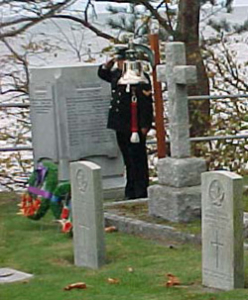Monuments are structures made to specifically commemorate people or events. They are an aid to the recollection of times past, maps to the legacy of culture, objects of meaning.
Museum
Hours
MAY 1 – SEP 2:
7 Days a Week: 10:00 am – 3:30 pm
SEP 3 – APR 30:
Monday to Friday: 10:00 am – 3:30 pm
Archives & Office
Hours
Year Round
Monday to Friday: 8:00 am – 4:00 pm
To confirm if we are open, please call (250) 363-5655 or (250) 363-4312
CFB Esquimalt
Naval & Military Museum
E-MAIL:
Info@NavalAndMilitaryMuseum.org
PHONE:
MAIL:
CFB ESQUIMALT NAVAL & MILITARY MUSEUM
PO Box 17000 Stn Forces
Victoria, BC V9A 7N2

